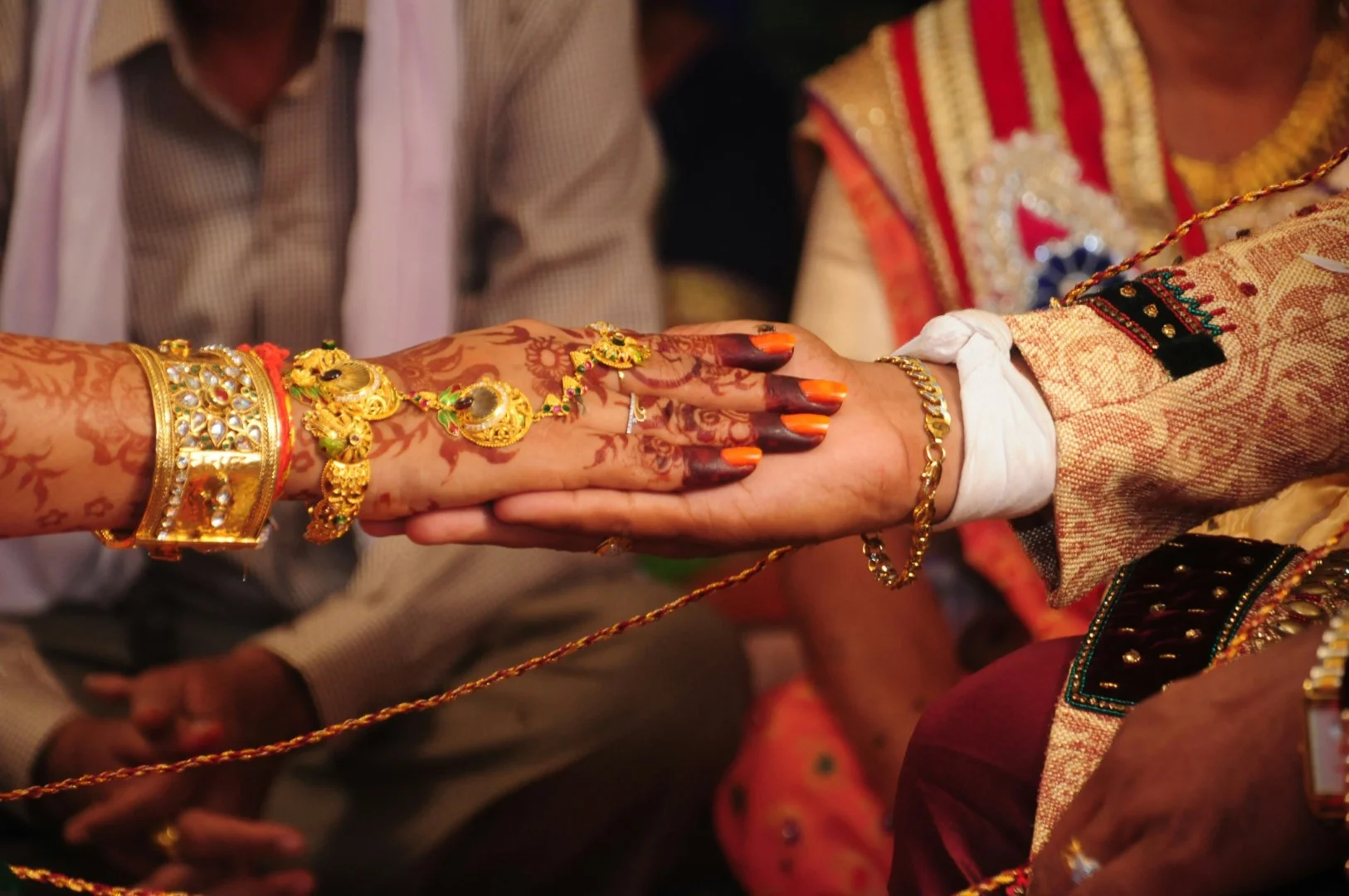Sacred Symphony: Decoding the Symbolic Beauty of Authentic Hindu Wedding Decor
by vermilion / February 12, 2024Introduction:

In the realm of weddings, few celebrations are as rich in tradition, symbolism, and vibrant splendor as an authentic Hindu wedding. The decor of a Hindu wedding is not merely an aesthetic choice; it is a sacred expression of the couple's journey, cultural heritage, and the profound union of two souls.
1.Mandap: The Sacred Canopy of Union:
At the heart of every Hindu wedding decor lies the mandap, a sacred space symbolizing the celestial dwelling of the bride and groom. The mandap is adorned with drapes, flowers, and intricate designs, creating a divine ambiance. Each pillar of the mandap represents the essential elements—earth, fire, water, air, and space—ensuring the blessings of the universe surround the couple as they embark on their journey together.
2.Vibrant Colors: A Kaleidoscope of Emotions:
Hindu weddings are a celebration of life, and nothing encapsulates this spirit more than the vibrant colors that adorn the decor. Each hue holds deep symbolism; red represents purity and sensuality, yellow signifies auspicious beginnings, green symbolizes life and happiness, and white embodies purity and spirituality. The amalgamation of these colors creates a kaleidoscope that mirrors the spectrum of emotions experienced during the wedding ceremony.
3.Floral Extravaganza: Blooms of Blessings:
Flowers play a central role in Hindu wedding decor, symbolizing beauty, fertility, and purity. Marigolds, roses, and jasmine, with their vibrant colors and fragrant aroma, are often used to create stunning floral arrangements. The floral decor is not just visually appealing but is believed to attract positive energy, creating an atmosphere of joy and auspiciousness.
4.Rangoli: Invoking the Divine with Art:
The entrance to a Hindu wedding is often adorned with intricate rangoli, colorful patterns created on the ground using coloured powders, rice, or flower petals. Rangoli is not merely a decorative art form; it is a symbolic gesture to welcome guests and invoke the divine presence. The geometric patterns represent unity, and the vibrant colors are believed to bring good luck and positive energy.
5.Sacred Symbols: Om and Swastika:
In Hinduism, certain symbols hold profound significance. The sacred syllable 'Om' and the Swastika are often incorporated into wedding decor. 'Om' represents the cosmic sound of the universe and is chanted during prayers, symbolizing the divine presence. The Swastika is a symbol of auspiciousness and well-being, signifying the eternal cycle of life, creation, and renewal.
6.Drapes and Fabrics: Weaving Tradition into Texture:
The textiles used in Hindu wedding decor are carefully chosen to reflect cultural richness and symbolism. Silk, with its luxurious texture, is often used for drapes and canopies, signifying prosperity and purity. Intricate patterns and embroidery on fabrics reflect the attention to detail and the celebration of craftsmanship.
7.Sacred Fire: Agni, Witness to Vows:
Central to a Hindu wedding ceremony is the sacred fire, or Agni. The fire symbolizes the divine witness to the vows exchanged between the couple. The decor around the sacred fire is meticulously arranged, creating a serene and sacred space where the couple makes promises to each other in the presence of the eternal flame.
Leave a Reply
Your email address will not be published. Required fields are marked *
Please enter an answer in digits: